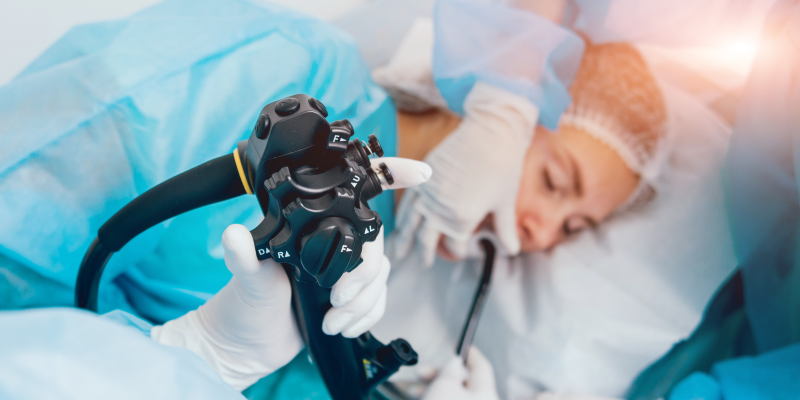
While it may seem like a minor consideration to some, EMS providers know that patient positioning plays a crucial role in the quality, safety and effectiveness of medical treatment. An article from the Anesthesia Patient Safety Foundation states that patient positioning is 90% of the airway management battle.
Positioning lays the groundwork for the process of treatment and airway management, and providers should therefore continue to enhance their knowledge of different patient positions, and factors to consider when choosing the right position for airway management and respiratory treatments.
Characteristics that influence patient positioning
When it comes to airway management and intubation, the right positioning for each patient depends on factors related to age, weight and body size, movement or mobility concerns, medical history, and preexisting respiratory or circulatory conditions. Choosing the right position based on physical and medical characteristics not only improves the safety and efficiency of airway management but also gives providers a better view of key anatomical landmarks they must focus on during intubation and securing an advanced airway.
Types of patient positions
There are several common, reliable positions providers can place patients in when performing certain treatments and airway management techniques, and some are more easily achieved than others. A few of these positions include:
- Supine Position: Often taught as the gold standard for intubation, this position involves the patient lying on their back with head, neck, and spine in neutral positioning and arms adducted (toward the midline) alongside the patient or abducted (away from the midline) to less than 90 degrees.
- Fowler’s Position: This is the most common rest position for a patient, and it involves straight or slightly bent knees, and the head of the bed elevated between 45-60 degrees. Fowler’s position can be an effective choice for patients in mild to moderate respiratory distress.
- “Ramped” Position: A helpful position for obese patients who have trouble flexing or raising their neck, this position involves raising the shoulders and upper torso and aligning the ear to the chest, with the extra leverage of pillows or blankets.
- Head Elevated Laryngoscopy Position (HELP): This is an elevated position involving the raising of the head and shoulders and it’s used to align the pharyngeal, laryngeal, and oral axis of the patient’s airway during difficult laryngoscopy and airway management, particularly for larger patients.
Elevation of the head, neck, and upper torso improves ventilation and views during airway management, contributing to improved airway maintenance and intubation success.
Helpful tools for patient positioning
Hospital beds can be cumbersome and make patient positioning difficult and sometimes uncomfortable. It’s a good idea for providers to have a few towels on hand to improve head positioning in hospital environments. Towels can be rolled up and placed between the shoulder blades to improve head extension. Pillows can also be used to create more comfortable and easy positioning for obese patients.
In emergencies, airway difficulties must often be managed within seconds to avoid adverse outcomes. Developing a positioning plan, in advance of airway treatment, is an essential and helpful process for physicians that can significantly reduce stress and panic for all parties involved.
Editor's Note: This blog was originally published in December, 2023. It has been re-published with additional up to date content.
















